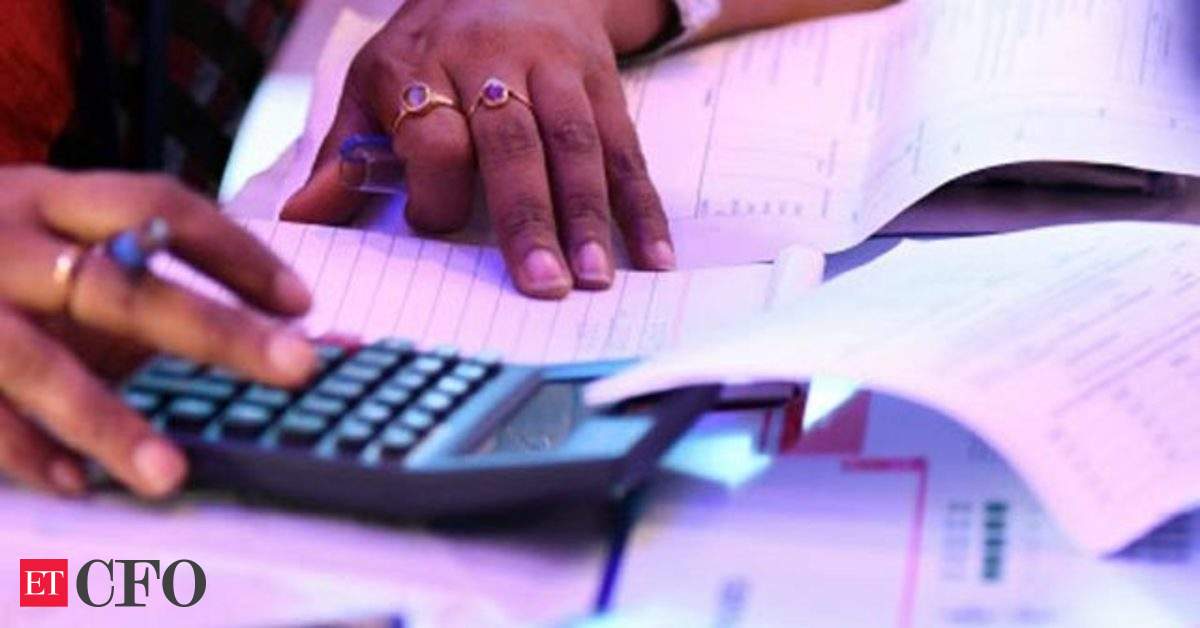The routine sources of support are likely to wane this year – dividends from the central bank and other public sector banks/entities, divestment receipts and proceeds from telecom spectrum auctions, noted the DBS in its daily market report.
On the first, the Reserve Bank of India‘s dividends are set to halve this year to Rs 307 billion (0.2 per cent of Gross Domestic Product) estimated the DBS.
This is driven by a host of reasons, including a higher cost burden from last year’s demonetisation exercise alongside a jump in liquidity-absorption measures that ate into earnings.
Returns on foreign reserves have also been moderating in the midst of weak global yields, according to the DBS.
The pressure to raise dividends from public sector companies’ will thereby increase, while banks’ contributions might moderate in the midst of their stressed balance sheets and need for capital injections, it pointed out.
The other focus area is the divestment agenda, which is off to a slow start. Till date, an estimated Rs 100 billion has been raised compared to a targeted Rs 725 billion (or 0.4 per cent of Gross Domestic Product), the Singapore-based bank said citing press reports.
Of the latter, Rs 465 billion is budgeted to be raised through stake sales, Rs 110 billion through listing of insurance companies and rest through strategic disinvestments.
To jumpstart the process, the finance minister has announced plans to streamline the approval process to expedite any proposed sales, noted the DBS.
Along with few big-ticket (airlines, hydrocarbons sector etc.) sales, a handful of smaller government-owned entities are also in the pipeline in the coming months.
Finally, spectrum receipts (that is 0.3 per cent of Gross Domestic Product) are also set to be subdued this year as the sector faces intense competition, lower revenues due to a fall in tariffs and leveraged financials of companies’ that have hurt capital expenditure investments, according to the DBS.
The targeted receipts might be lowered to Rs 300 billion from Rs 473 billion budgeted for FY18, said the DBS citing a press report.
The latter was already a third lower than the FY17 collections. Given these risks to non-tax collections, focus is on the ability of direct and indirect revenues to bridge the gap. Progress is encouraging yet far, the DBS added.
As of April-July, direct taxes were up 19 per cent Year– on-Year and indirect up 16 per cent (April-June).
Number of tax returns has jumped by a strong 25 per cent, lending confidence that full-year trends will benefit from a wider tax base post the Goods and Services Tax (GST) rollout and improved tax compliance.
Some of this optimism is, however, tempered by slowing inflation that has put the budgeted growth target at risk, it observed.
The recent Economic Survey raised downside risks to growth and inflation projections, which could see the actual math undershot the budgeted 11.8 per cent nominal growth rate for FY18, said the DBS.

